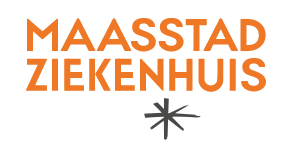Maasstad Hospital uses SIMUL8 to inform decision-making on National Bowel Screening
In early 2013, Netherlands based Maasstad Hospital was required to make a decision on its involvement in National Bowel Screening. A number of factors had to be considered in the decision process including; hospital capacity, financial implications, quality requirements, procedural agreements and a strict certification process. In addition, each of these factors would have an effect on the internal structure of the hospital as well as staff planning in relation to the implementation of BVO colonoscopies.

To assist decision making, Maasstad Hospital approached consultancy firm Tarsius Group. Given the number of factors and the possible implications on the hospital’s organizational structure and planning, SIMUL8 simulation software was selected as the decision making tool. Using SIMUL8, Maasstad hospital could test multiple scenarios and determine possible outcomes which would influence its decision to join the National Bowel Screening program.
Key factors to be addressed in the simulation included:
- Quality demands in relation to participation
- Capacity issues surrounding possible investments (business case development)
- Earnings & breakeven analysis